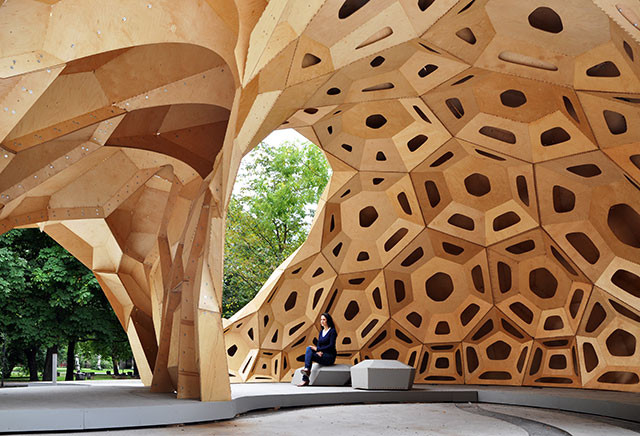
As reported by Kenya's Daily Nation newspaper, a group of Chinese investors has revealed plans for a new city in Kenya that will "match the splendour of Dubai". Though the investors are still resolving details with the Kenyan government, the city is planned for an area in Athi River, around 30km south-east of Nairobi, and is billed as a Chinese-controlled economic zone. At this early stage, the plans feature at least 20 skyscrapers. You can find more details of the proposal here.














